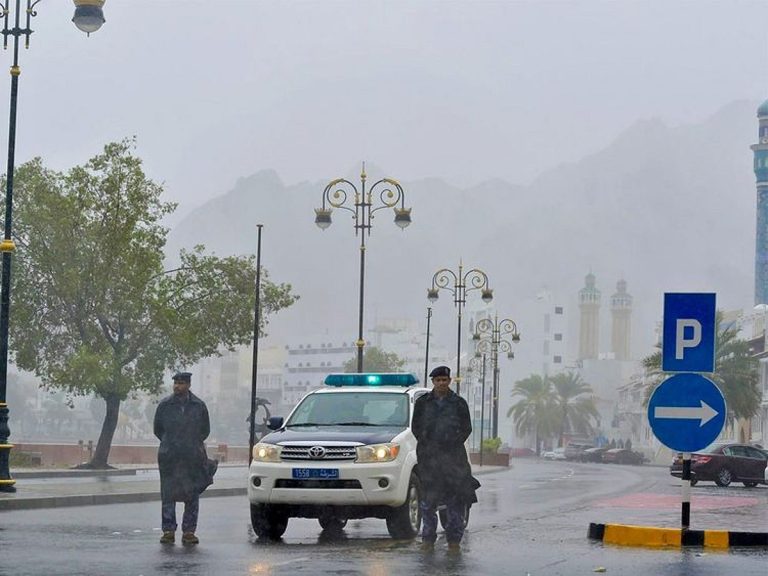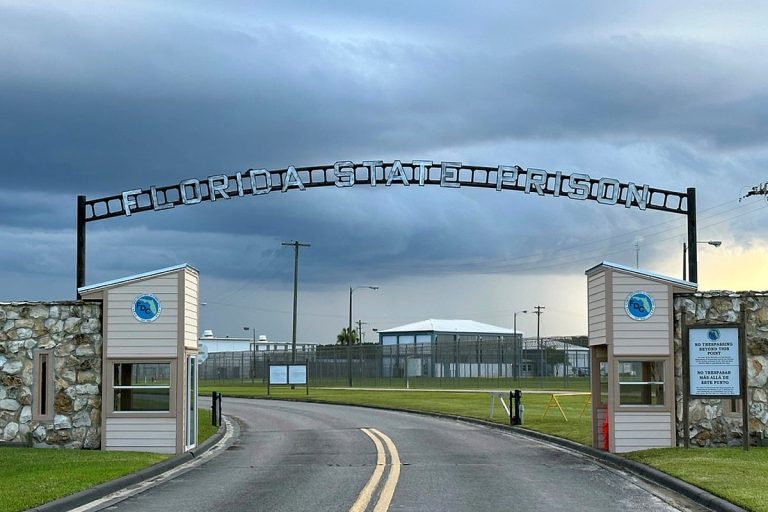Fires in the Brazilian Amazon: Causes and Consequences
The Brazilian Amazon, a critical ecosystem for global climate stability, has faced devastating fires, particularly during the unprecedented drought of 2024. These fires, often ignited for agricultural purposes, have raised concerns about their impact on the environment and local communities. This article explores the causes, consequences, and ongoing efforts to combat these fires.
The Role of Fire in Agriculture
In the Brazilian Amazon, fire has long been a tool for landowners and ranchers, often referred to colloquially as “Red John” or “Joao Vermelho.” This method is favored due to its low cost compared to labor and pesticides. Antonio Carlos Batista, a cattle rancher in Sao Felix do Xingu, explains that during the dry season, a small amount of gasoline and a match can clear pastures efficiently. However, this practice poses significant risks, especially when drought conditions exacerbate fire spread.
The 2024 Drought and Its Impact
The drought of 2024 was linked to climate change and resulted in nearly 18 million hectares (44.5 million acres) of the Amazon being scorched. While deforestation rates had been declining, the fires significantly undermined these efforts. The Brazilian government reported an 11 percent decrease in deforestation over the previous year, but acknowledged that the fires were a major contributing factor to ongoing environmental degradation.
The Spread of Fires
Most of the fires in 2024 originated on cattle ranches and spread to surrounding forested areas. Sao Felix do Xingu recorded the highest number of fire outbreaks in Brazil, with over 7,000 incidents. Environment Minister Marina Silva highlighted that the primary challenge now is addressing deforestation caused by these fires. Experts emphasize that a multifaceted approach is necessary, including increased firefighting resources, stricter regulations, and a cultural shift in how land is managed.
The Socioeconomic Context
Para state, where Sao Felix do Xingu is located, has the largest cattle herd in Brazil, with 2.5 million head of cattle. This region is also responsible for significant carbon dioxide emissions due to deforestation. The local economy is heavily reliant on ranching, leading to a complex relationship between agricultural practices and environmental sustainability.
Historical Context of Land Use
The history of land use in the Amazon is marked by policies encouraging deforestation. Many ranchers, like Jose Juliao do Nascimento, migrated to the region in the 1960s and 1970s, motivated by government incentives. The slogan “A land without men, for men without land” reflects the era’s push to exploit the Amazon’s resources. However, the consequences of these actions are now evident, with environmental degradation affecting both the land and local communities.
The Challenges of Enforcement
Despite a ban on pasture maintenance fires in Para state, enforcement remains weak. Local farmers often evade detection through communication networks, alerting each other to the presence of environmental authorities. Ibama, Brazil’s environmental protection agency, faces threats when attempting to enforce regulations, leaving small farmers feeling powerless against larger agricultural corporations.
The Role of Large Agricultural Corporations
Large agricultural companies, such as Agro SB, have been implicated in the fires and deforestation. Despite receiving multiple environmental fines, these corporations often evade accountability. Small farmers like Dalmi Pereira express frustration over the preferential treatment these companies receive from the government, while they struggle to secure their land rights.
Cultural Practices and Fire Management
In the Amazon, fire is not only a tool for large farms but also a traditional practice among small communities. However, the primary drivers of deforestation are large-scale agriculture and illegal mining. Mayor Fabricio Batista emphasizes the need for proper documentation of land ownership to encourage responsible land use. He acknowledges that many residents lack formal titles, leading to illegal activities.
The Need for Infrastructure and Support
Local leaders, including Batista, call for increased federal support to combat fires and improve infrastructure. The absence of fire brigades in the region exacerbates the problem, as there are few resources available to respond to wildfires. Farmers like Regino Soares advocate for better fire management practices, including controlled burns and community communication.
A Shift in Trends
In 2025, the Amazon has seen a decrease in fire incidents, attributed to improved rainfall distribution and increased oversight by authorities. Ane Alencar, a scientific director at the Amazon Environmental Research Institute, notes that while drought conditions persist in some areas, the overall situation has improved. The government has intensified surveillance efforts since President Lula’s return to office, reversing the previous administration’s lax approach.
The Challenge of Accountability
Despite these improvements, holding individuals accountable for starting fires remains a challenge. Authorities must conduct thorough investigations, often relying on satellite imagery and expert reports to identify responsible parties. The use of artificial intelligence is being explored to enhance enforcement efforts, but significant obstacles remain.
The Importance of Public Policy
Historically, effective public policies have led to substantial reductions in deforestation. Journalist Joao Moreira Salles emphasizes that successful initiatives must garner public support. He warns that without widespread acknowledgment of the Amazon’s importance, efforts to protect it may falter.
FAQs
What are the main causes of the fires in the Amazon?
The primary causes of the fires in the Amazon include agricultural practices, particularly on cattle ranches, and illegal land clearing. Drought conditions exacerbate the situation, making it easier for fires to spread uncontrollably.
How has the government responded to the fires?
The Brazilian government has increased surveillance and firefighting resources in the Amazon since President Lula’s return to office. However, enforcement of regulations remains a challenge, particularly in remote areas.
What can be done to prevent future fires?
Preventing future fires requires a combination of stricter regulations, better fire management practices, community engagement, and support for sustainable agricultural practices. Public awareness and policy changes are also crucial for long-term solutions.
Conclusion
The fires in the Brazilian Amazon highlight the complex interplay between agriculture, environmental sustainability, and community rights. While recent efforts have led to a decrease in fire incidents, ongoing challenges remain. A comprehensive approach that includes stricter regulations, community involvement, and public support is essential for protecting this vital ecosystem and ensuring the well-being of local communities.
Also Read:
Trump Faces Challenges as Cost of Living Rises







